Scientific Analysis and Investigation of Song-Dynasty Paper
DOI: 10.23977/analc.2025.040108 | Downloads: 15 | Views: 194
Author(s)
Wang Nan 1, Li Xiaolou 1, Gao Junhan 2
Affiliation(s)
1 Department of Conservation and Restoration,The Palace Museum, Beijing, 100006, China
2 College of Elite Engineers for Cultural Heritage, Beijing Union University, Beijing, 100191, China
Corresponding Author
Li XiaolouABSTRACT
This study focuses on the scientific analysis of Song-dynasty Song-dynasty paper (sutra paper). Using optical microscopy, fiber identification, Py-GC/MS, UPLC-QTOF MS, and visible–near infrared multispectral imaging, the paper was identified as kozo-based, dyed with huangbo (Phellodendron bark), sized with animal glue, and coated with beeswax. The results confirm the structure and composition typical of high-quality sutra paper from the Song period. Multispectral imaging further revealed traces of Buddhist texts, proving the reuse of ancient sutra fragments in Qing imperial production. This research provides new scientific evidence for the study of Song papermaking technology and offers valuable references for the conservation of ancient papers and imperial artworks.
KEYWORDS
Song-Dynasty Paper; Sutra Paper; Kozo Fiber; Huangbo Dye; Paper ConservationCITE THIS PAPER
Wang Nan, Li Xiaolou, Gao Junhan, Scientific Analysis and Investigation of Song-Dynasty Paper. Analytical Chemistry: A Journal (2025) Vol. 4: 55-62. DOI: http://dx.doi.org/10.23977/analc.2025.040108.
REFERENCES
[1] Shi, Q. and Li, X. (2021) A Preliminary Study on the Regulation and Use of Sutra Paper: A Case Study of the Qianlong Imperial Hanging Scroll in the Palace Museum. The Palace Museum Journal, (1), 372–378. DOI: CNKI: SUN: GGXK.0.2021-01-030.
[2] Jiang, B. and Xi, J. (2004) A Preliminary Study on the Imperial Paper Used in the Ming and Qing Dynasties (Part I). Collector, (2), 51–55.
| Downloads: | 1383 |
|---|---|
| Visits: | 78410 |
Sponsors, Associates, and Links
-
Forging and Forming
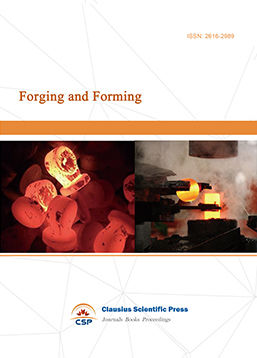
-
Composites and Nano Engineering

-
Journal of Materials, Processing and Design

-
Metallic foams
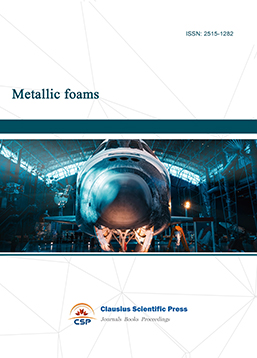
-
Smart Structures, Materials and Systems

-
Chemistry and Physics of Polymers
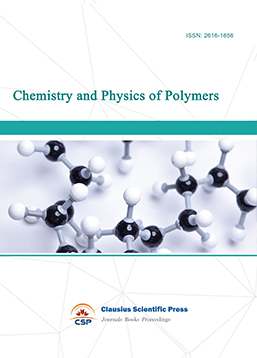
-
Modern Physical Chemistry Research

-
Inorganic Chemistry: A Journal
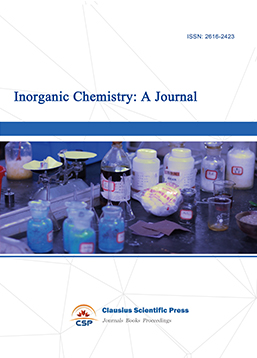
-
Organic Chemistry: A Journal

-
Progress in Materials Chemistry and Physics
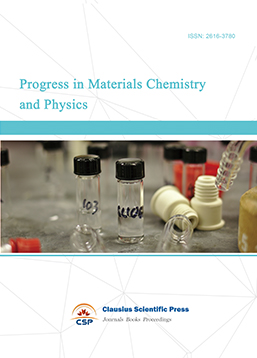
-
Transactions on Industrial Catalysis
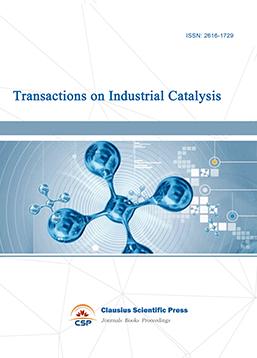
-
Fuels and Combustion
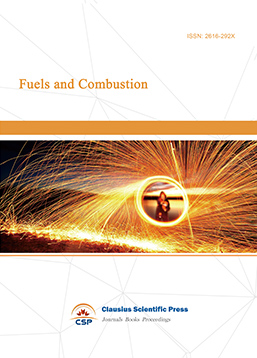
-
Casting, Welding and Solidification

-
Journal of Membrane Technology
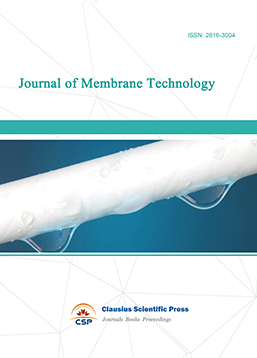
-
Journal of Heat Treatment and Surface Engineering
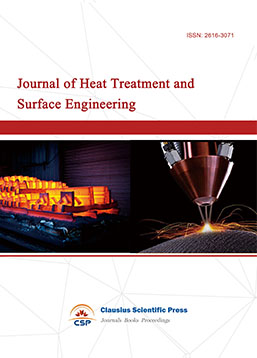
-
Trends in Biochemical Engineering
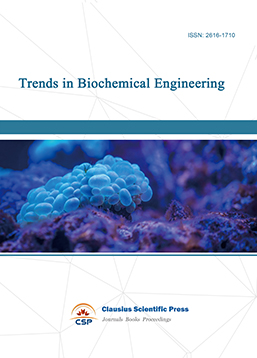
-
Ceramic and Glass Technology
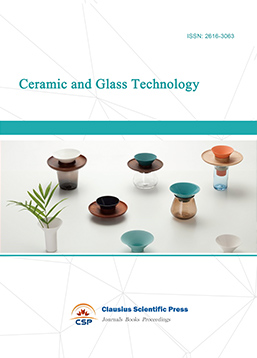
-
Transactions on Metals and Alloys

-
High Performance Structures and Materials

-
Rheology Letters

-
Plasticity Frontiers
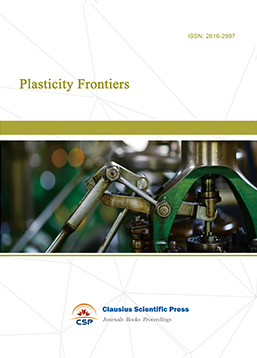
-
Corrosion and Wear of Materials
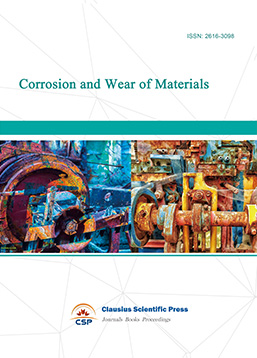
-
Fluids, Heat and Mass Transfer

-
International Journal of Geochemistry

-
Diamond and Carbon Materials

-
Advances in Magnetism and Magnetic Materials

-
Advances in Fuel Cell

-
Journal of Biomaterials and Biomechanics
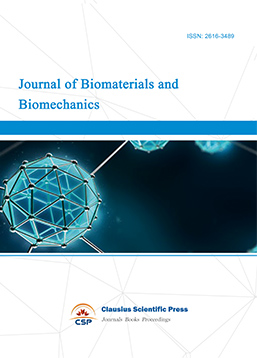

 Download as PDF
Download as PDF